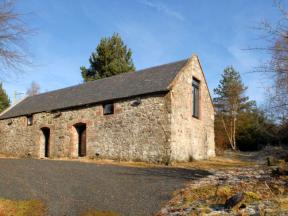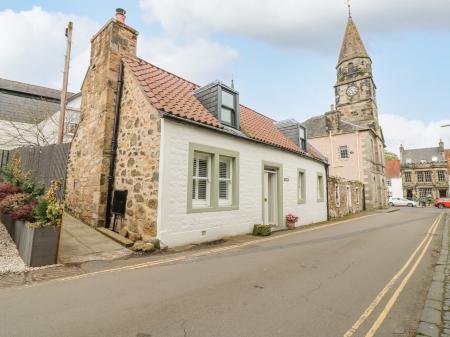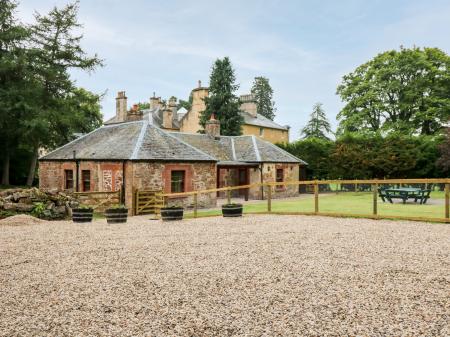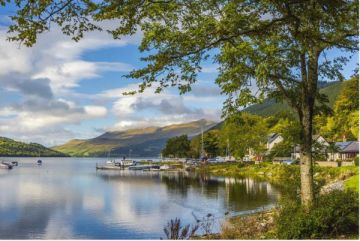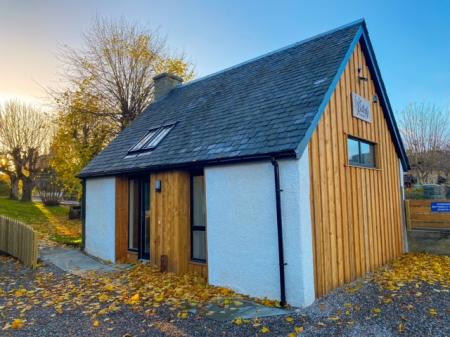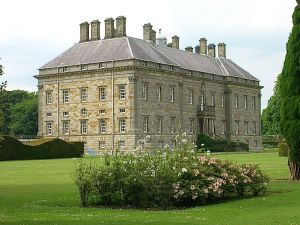
His other major works beyond his own house at Kinross were the rebuilding of Holyrood House in Edinburgh, Hopetoun House, and Thirlstane Castle.
The house and gardens were restored starting in 1900. The house is now a private home but the gardens are regularly open to visitors from Spring through Summer. The gardens feature formal arrangements with yew hedges, herbaceous borders, and topiary. The gardens stretch to four acres and are bounded by carved walls.
Bruce laid out the gardens in a mix of very formal Dutch and French styles that were then popular. Bruce and his son John planted over 100,000 trees and built avenues of Scots pine, oak, ash, and elm. So much work was put into creating the gardens at Kinross that they became famous even before they were complete! Kinross House and its gardens were celebrated by Daniel Defoe in his 1772 classic 'A Journey through Britain'.
One feature of the gardens is the so-called Fish Gate, a stone and wrought iron gateway embellished with outstanding stone carving.
 We've 'tagged' this attraction information to help you find related historic attractions and learn more about major time periods mentioned.
We've 'tagged' this attraction information to help you find related historic attractions and learn more about major time periods mentioned.